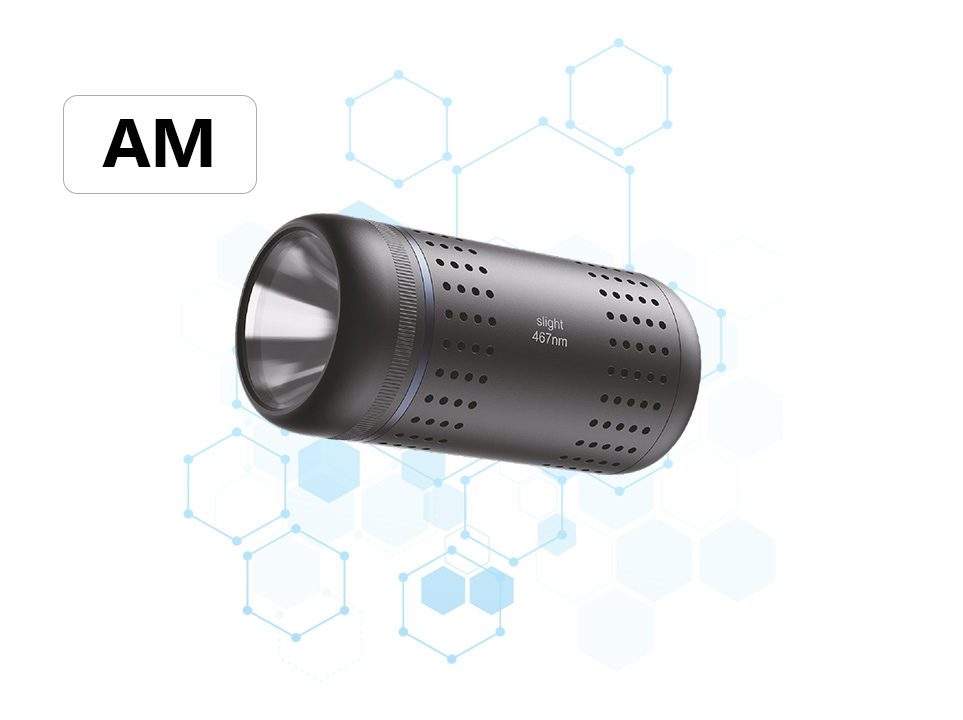Wavelength selection of light column in kettle type photoreactors
In the realm of chemical synthesis and photocatalysis, kettle-type photoreactors have emerged as versatile tools, leveraging the power of light to drive reactions that are otherwise thermally challenging or energetically unfavorable. Among the myriad factors influencing the performance of these reactors, the wavelength selection of the light column stands out as a critical determinant of efficiency and product yield. This article delves into the intricacies of wavelength selection, highlighting its importance and strategies for optimizing it within kettle-type photoreactors.
Understanding Kettle-Type Photoreactors
Kettle-type photoreactors, characterized by their enclosed, often cylindrical design, provide a controlled environment for light-driven reactions. These reactors are equipped with light sources, typically arranged as columns, that illuminate the reaction mixture from various angles. The design facilitates uniform light distribution and efficient absorption by the photoreactive species, thereby enhancing reaction rates and product purity.
The Role of Wavelength
The wavelength of light used in photoreactors is not merely a matter of preference; it is a finely tuned parameter that directly impacts the reaction mechanism and outcomes. Different wavelengths correspond to different energies, and only those photons with sufficient energy can be absorbed by the electronic states of the photoreactive molecules, initiating the desired photochemical processes.
Selecting the Optimal Wavelength
Absorption Spectrum Matching: The first step in wavelength selection involves matching the light source's emission spectrum to the absorption spectrum of the photoreactive species. This ensures that the maximum number of photons are absorbed, maximizing the quantum yield of the reaction.
Energy Threshold Considerations: Each photoreaction has a threshold energy requirement. Wavelengths shorter than this threshold provide excess energy, which can lead to unwanted side reactions or degradation of reactants. Conversely, longer wavelengths may not supply enough energy to initiate the reaction. Thus, precise tuning of the wavelength is crucial.
Penetration Depth: In kettle-type photoreactors, the penetration depth of light through the reaction mixture is another critical factor. Higher energy photons (shorter wavelengths) tend to be more absorbed by the medium, limiting their penetration depth. This can lead to non-uniform illumination and hot spots within the reactor. Balancing penetration depth with absorption efficiency is key to achieving homogeneous reaction conditions.
Cost and Availability: Practical considerations such as the cost of light sources and their availability also influence wavelength selection. LEDs and laser diodes, for instance, offer precise wavelength control but may have different cost implications compared to broader spectrum light sources like incandescent bulbs or arc lamps.
Advanced Strategies for Optimization
Spectral Tuning: Utilizing tunable light sources, such as LEDs with variable wavelength capabilities, allows for real-time adjustment of the light spectrum in response to reaction progress. This dynamic approach can optimize reaction conditions and enhance product yields.
Multi-wavelength Illumination: Combining multiple light sources with different wavelengths can sometimes synergistically enhance reaction rates by exciting different electronic states of the photoreactive molecules. This strategy requires careful design to avoid interference and ensure effective light utilization.
Reflective Coatings and Optics: Enhancing the internal reflection of light within the reactor through the use of reflective coatings or optical elements can improve light utilization efficiency, particularly for shorter wavelength light that tends to be more absorbed.
Conclusion
The wavelength selection of the light column in kettle-type photoreactors is a multifaceted decision that balances theoretical considerations with practical limitations. By carefully matching the light spectrum to the absorption characteristics of the photoreactive species, considering energy thresholds, penetration depths, and cost-effectiveness, researchers can significantly optimize the performance of their photoreactors. Advanced strategies, such as spectral tuning and multi-wavelength illumination, further expand the toolkit for achieving highly efficient and selective photochemical reactions.





